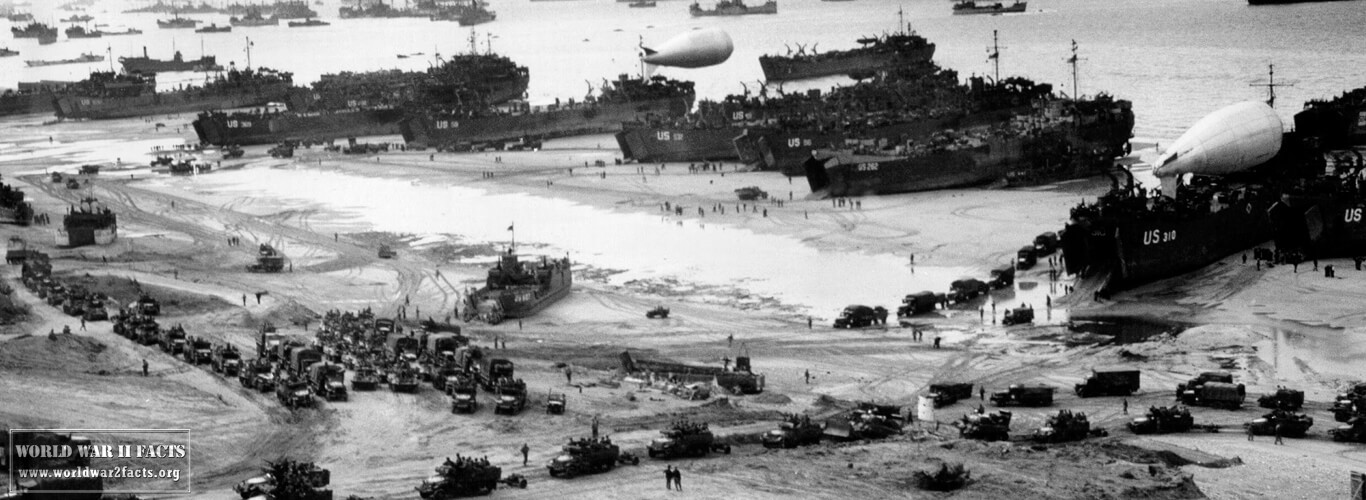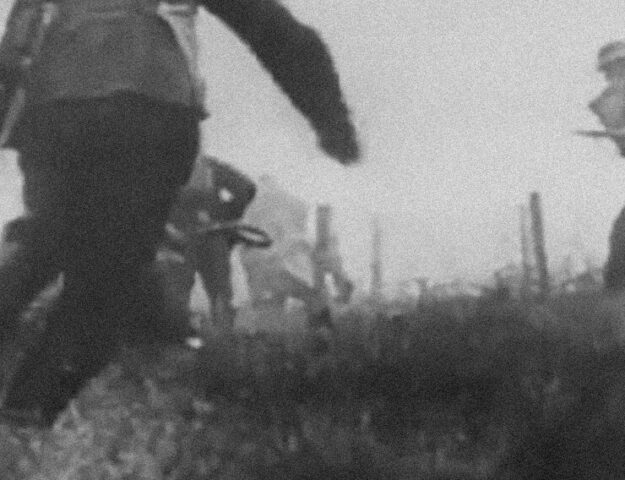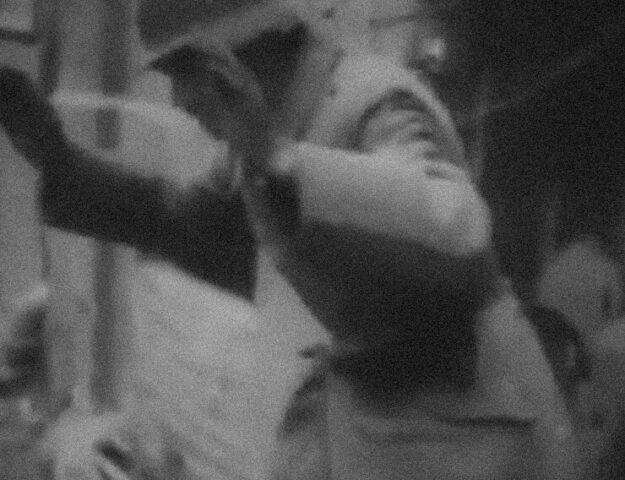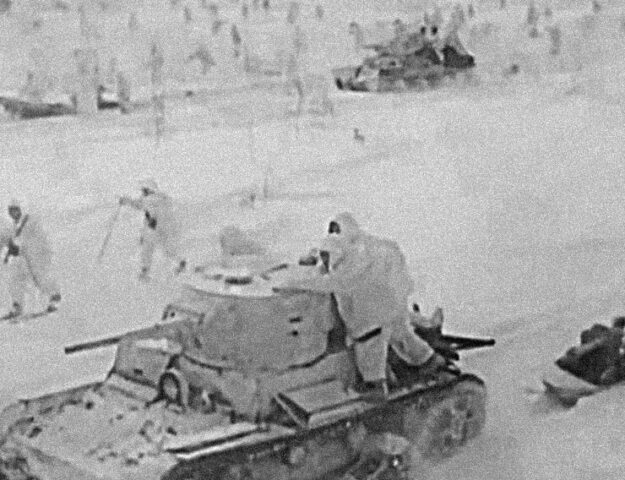Battle of Narva
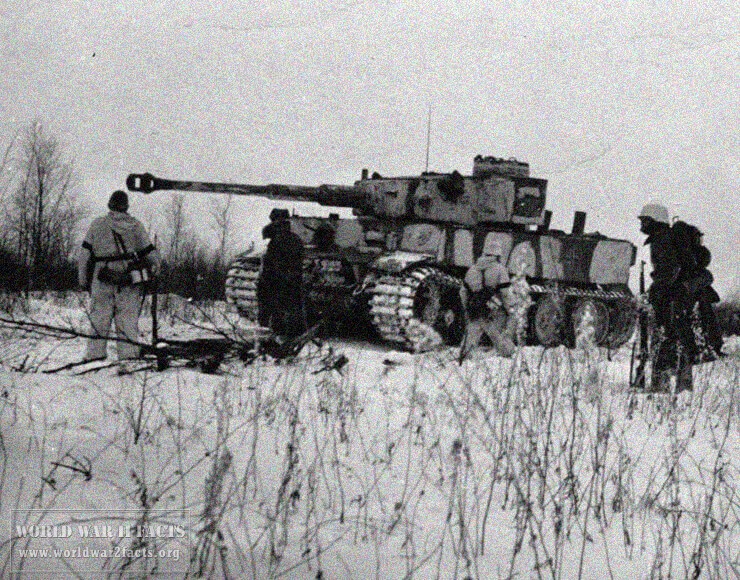
The Battle of Narva: A Story of Strategic Genius and Unyielding Determination.
Contents
- The Battle of Narva: A Story of Strategic Genius and Unyielding Determination.
- Introduction to the Battle of Narva
- Historical Context and Significance of the Battle
- Opposing Forces and Their Leaders
- Early Moves and Positioning Before the Battle
- Battle Begins: Initial Clashes and Tactical Maneuvers
- Turning point of the battle: Charles XII’s surprise attack
- Aftermath of the battle and its consequences
- Analysis of the battle
- Lessons learned from the Battle of Narva
- Conclusion and final thoughts on the legacy of the battle.
- Final Word
The Battle of Narva was one of the most significant battles in European history. It was fought between the armies of Sweden and Russia in 1700, during the Great Northern War. The battle was a testament to the strategic genius of the Swedish king, Charles XII, and the unwavering determination of his troops.
Despite being outnumbered almost four to one, the Swedes were able to secure a decisive victory that would have far-reaching implications for Europe. In this post, we will take a closer look at the battle of Narva, the events leading up to it, the tactics used by both sides and the impact it had on the subsequent course of the Great Northern War.
Introduction to the Battle of Narva
The Battle of Narva was a significant military conflict that took place on November 30, 1700, near the Narva River in Estonia. It was fought between the Swedish Empire and the Russian Empire, marking the beginning of the Great Northern War. Despite being outnumbered almost four to one, the Swedish forces, led by King Charles XII, emerged victorious in a stunning display of strategic genius and unyielding determination.
The battle is considered to be one of the greatest military victories in history, as the Swedish Army, consisting of only 10,000 soldiers, defeated a Russian Army of almost 40,000 soldiers. The victory not only secured the Swedish Empire’s position in Northern Europe but also established King Charles XII as one of the greatest military commanders of all time.
The Battle of Narva is a story of courage, determination, and strategic brilliance that has inspired military strategists and historians alike for centuries. In this piece, we will delve into the events leading up to the battle, the strategies employed by the Swedish and Russian forces, and the key moments that led to the Swedish victory.
Historical Context and Significance of the Battle
The Battle of Narva, fought on November 30, 1700, was a significant event in the Great Northern War between Sweden and Russia. The conflict between these two powers had been brewing for some time, with both sides seeking to expand their territories and influence in the region. The Swedish Empire, under the leadership of King Charles XII, was a major European power at the time, having recently defeated Denmark-Norway in the Scanian War. The Russian Empire, on the other hand, was still a relatively new player on the European stage, having only recently emerged as a major power under the leadership of Peter the Great.
At Narva, the Swedish forces, consisting of just 10,000 men, were heavily outnumbered by the Russian army, which had over 35,000 soldiers. Despite this, King Charles XII deployed his troops in a highly strategic manner, taking advantage of the terrain and the weather to outmaneuver the Russians and inflict a crushing defeat upon them. The battle lasted just a few hours, but it resulted in the deaths of thousands of Russian soldiers and the capture of many more.
The significance of the Battle of Narva cannot be overstated. It marked a major turning point in the Great Northern War, giving Sweden a much-needed victory and consolidating its position as a major power in Europe. It also demonstrated the tactical genius and unyielding determination of King Charles XII, who would go on to win several more battles against the Russians before ultimately being defeated at the Battle of Poltava in 1709. Today, the Battle of Narva is remembered as one of the greatest military triumphs in Swedish history, and as a testament to the power of strategic thinking and perseverance in the face of overwhelming odds.
Opposing Forces and Their Leaders
The Battle of Narva was fought between two opposing forces: the Swedish Empire and the Russian Empire. The Swedish forces were led by their king, Charles XII, who was known for his tactical genius and his unyielding determination. On the other hand, the Russian forces were led by Tsar Peter the Great, who was a formidable opponent in his own right.
The Swedish army was made up of around 10,000 troops, mostly consisting of experienced and battle-hardened soldiers. The Russian army, on the other hand, was much larger, with around 37,000 troops, but many of them were inexperienced conscripts.
Despite being heavily outnumbered, Charles XII led his troops with great skill and strategy. He was able to outmaneuver the Russian forces and take them by surprise, catching them off guard and causing them to retreat. Tsar Peter, however, was not one to give up easily, and he quickly regrouped his troops and launched a counterattack. The battle raged on for two days, with both sides suffering heavy casualties.
In the end, it was the Swedish forces who emerged victorious, thanks in large part to the strategic genius of their leader, Charles XII. The Battle of Narva was a testament to the power of strong leadership and the importance of strategic planning in warfare.
Early Moves and Positioning Before the Battle
Before the Battle of Narva, both sides made strategic moves and positioning to gain an advantage. The Swedish army, led by King Charles XII, had to cross the Narva River to face the Russian army, led by Tsar Peter the Great. The Russian army was positioned on the opposite side of the river, waiting for the Swedish army to make a move.
To cross the river, the Swedish army needed to build a bridge. The Russians were aware of this and began to prepare their defenses. However, King Charles XII managed to deceive the Russian army by building two fake bridges downstream, which diverted their attention and resources.
While the Russians were busy defending against the fake bridges, the Swedish army managed to build a real bridge and cross the river undetected. This gave them a crucial advantage in the battle.
In addition to this, the Swedish army also strategically positioned their troops in a way that would make it difficult for the Russian army to maneuver. They placed their troops in a narrow space between the river and a bog, which made it nearly impossible for the Russian cavalry to attack them from the sides.
These early moves and positioning by the Swedish army proved to be critical in the outcome of the battle. It allowed them to surprise the Russian army and gain a strategic advantage that would ultimately lead to their victory.
Battle Begins: Initial Clashes and Tactical Maneuvers
The Battle of Narva was a remarkable conflict that saw two powerful armies clash in a brutal struggle for supremacy. The battle began on November 19, 1700, when the Swedish army, under the command of King Charles XII, launched a surprise attack on the Russian forces outside the city of Narva.
The initial clashes were fierce, with both sides fighting tooth and nail for every inch of ground. The Swedish forces were outnumbered almost three to one, but they had a secret weapon: King Charles XII himself. The young king was a tactical genius, and he quickly assessed the situation and devised a plan to turn the tide of the battle.
The Swedes launched a series of lightning-fast attacks, striking at the Russian lines with deadly precision. The Russian forces were caught off guard, and they struggled to respond to the Swedish onslaught. However, the Russians were not to be underestimated, and they quickly rallied their forces and mounted a counter-attack.
The battle quickly devolved into a chaotic melee, with both sides locked in a brutal struggle for survival. The Swedish forces fought with unyielding determination, but the Russian army was vast and well-armed. For hours, the two armies clashed in a ferocious struggle that saw countless soldiers fall on both sides.
Despite their numerical disadvantage, the Swedish army continued to fight on, buoyed by the tactical genius of King Charles XII. The young king led his troops from the front, inspiring them to ever-greater acts of heroism and bravery. In the end, the Swedes emerged victorious, having inflicted a devastating defeat on the Russian forces.
The Battle of Narva was a triumph of strategic genius and unyielding determination. It was a testament to the power of leadership and the courage of soldiers in the face of overwhelming odds.
Turning point of the battle: Charles XII’s surprise attack
The Battle of Narva was a defining moment in European military history. The Swedish King, Charles XII, led his army of 8,000 against the Russian forces of Tsar Peter the Great which numbered more than 30,000. The battle began on November 30, 1700, and despite being vastly outnumbered, Charles XII managed to outmaneuver and outfight the Russian army.
The turning point of the battle came when Charles XII ordered a surprise attack on the Russian left flank. The attack was led by the Swedish cavalry, who charged into the Russian lines and caught them completely off guard. The Russians were unable to respond quickly enough, and chaos erupted in their ranks. The Swedish infantry then advanced, taking advantage of the confusion to launch their own attack.
Charles XII’s surprise attack was a masterstroke of strategic genius. He had correctly identified the weakest point in the Russian lines and exploited it to devastating effect. The attack not only turned the tide of the battle but also shattered the morale of the Russian army. The Russians lost more than 10,000 men in the battle, while the Swedish losses were minimal.
The Battle of Narva was a remarkable victory for Charles XII and his army. It demonstrated the power of strategic thinking and determination in the face of overwhelming odds. Charles XII’s surprise attack was a turning point in the battle, and it is still studied and admired by military historians today.
Aftermath of the battle and its consequences
The aftermath of the Battle of Narva was significant, both for the Swedish Empire and the Russian Empire. Despite the Swedish victory, the battle had left their army weakened and vulnerable. Charles XII knew that he could not sustain a prolonged campaign in Russia, and so he withdrew his forces from Narva and marched south to lay siege to the city of Poltava.
For the Russian Empire, the Battle of Narva was a significant setback. They had suffered a humiliating defeat at the hands of a much smaller army, and their reputation as a military power had been tarnished. However, the Russian army did not give up. They regrouped and rebuilt their forces, and under the leadership of Tsar Peter the Great, they eventually drove the Swedes out of Russia.
The Battle of Narva also had wider consequences for Europe. It demonstrated that the seemingly invincible Swedish Empire was not invincible after all, and it paved the way for Russia to emerge as a major player on the European stage. The battle also highlighted the importance of strategic planning and tactics in warfare, and it inspired military leaders across Europe to re-evaluate their own strategies and tactics.
Analysis of the battle
The Battle of Narva was a classic example of strategic genius versus unyielding determination. On one side, the Swedish forces, led by King Charles XII, were renowned for their tactical brilliance, mobility, and lightning-fast maneuvers. On the other side, the Russian army, led by Tsar Peter the Great, was known for their sheer size, strength, and unflinching determination.
In the battle, the Swedes were outnumbered by the Russians, but they managed to outmaneuver them with a series of stunning tactical moves. King Charles XII expertly used the terrain to his advantage, positioning his troops on a narrow strip of land between the Narva River and a boggy marshland. This made it difficult for the Russians to launch a full-scale attack.
The Swedes also used their superior mobility to outflank the Russians, attacking them from unexpected angles and disrupting their lines. This caused confusion and panic among the Russian soldiers, who were not used to such swift and daring maneuvers.
However, the Russians did not give up easily. Despite suffering heavy losses, they continued to fight with unyielding determination, refusing to retreat or surrender. They launched a series of counterattacks and managed to push the Swedes back in some areas.
In the end, it was the strategic genius of King Charles XII that won the day. His bold and daring tactics had completely disoriented the Russian army, and they were forced to retreat. The Battle of Narva is now remembered as one of the greatest military victories in Swedish history, and a testament to the power of strategic genius and unyielding determination.
Lessons learned from the Battle of Narva
The Battle of Narva was a turning point in the Great Northern War and holds valuable lessons for military strategists and historians alike. Some of te key takeaways from this battle can also be applied in our daily lives and businesses.
One of the main lessons to be learned from the Battle of Narva is the importance of determination. Despite being outnumbered and outgunned, the Swedish army, led by King Charles XII, refused to surrender, and instead, they dug in and fought with all their might. This unwavering determination is something that can be applied in our personal and professional lives. It is essential to stay committed to our goals, even when the odds are against us.
Another lesson to be learned from the Battle of Narva is the importance of strategic genius. King Charles XII devised a brilliant strategy that exploited the weaknesses of the enemy’s formation, which ultimately led to a Swedish victory. In our businesses and personal lives, we must also be strategic and identify opportunities to gain an advantage over our competitors.
The Battle of Narva also highlights the importance of studying past battles and learning from them. By studying the tactics and strategies used in past battles, we can gain valuable insights into what works and what doesn’t. This can be applied in our businesses by analyzing our competitors and learning from their successes and failures.
Overall, the Battle of Narva offers valuable lessons that can be applied in our daily lives and businesses. It teaches us the importance of determination, strategic thinking, and learning from the past.
Conclusion and final thoughts on the legacy of the battle.
The Battle of Narva is a testament to the power of strategic genius and unyielding determination. Despite being vastly outnumbered and outgunned, the Swedish army was able to secure a decisive victory against the Russian forces.
The legacy of the battle continues to this day, with military historians pointing to the tactics and strategies employed by Swedish King Charles XII as a masterclass in military planning.
Beyond the realm of military tactics, the Battle of Narva serves as an inspiring example of the power of determination and resilience in the face of adversity. The Swedish army faced overwhelming odds, but through sheer force of will, they were able to emerge victorious.
As we look back on the Battle of Narva, we are reminded of the importance of determination and strategic thinking in overcoming challenges and achieving success. It is a story that will continue to inspire and captivate for generations to come.
Final Word
The Battle of Narva was truly a remarkable story of strategic genius and unyielding determination. It was an event that shaped the course of history and demonstrated the power of perseverance and military tactics. We hope that this article has given you a greater appreciation for the historical significance of this battle and the individuals who fought in it. Let us never forget the bravery and sacrifice of those who have fought for their countries and their beliefs throughout history.
